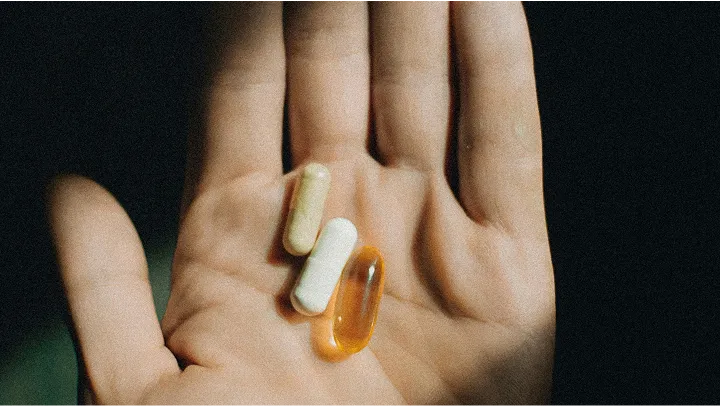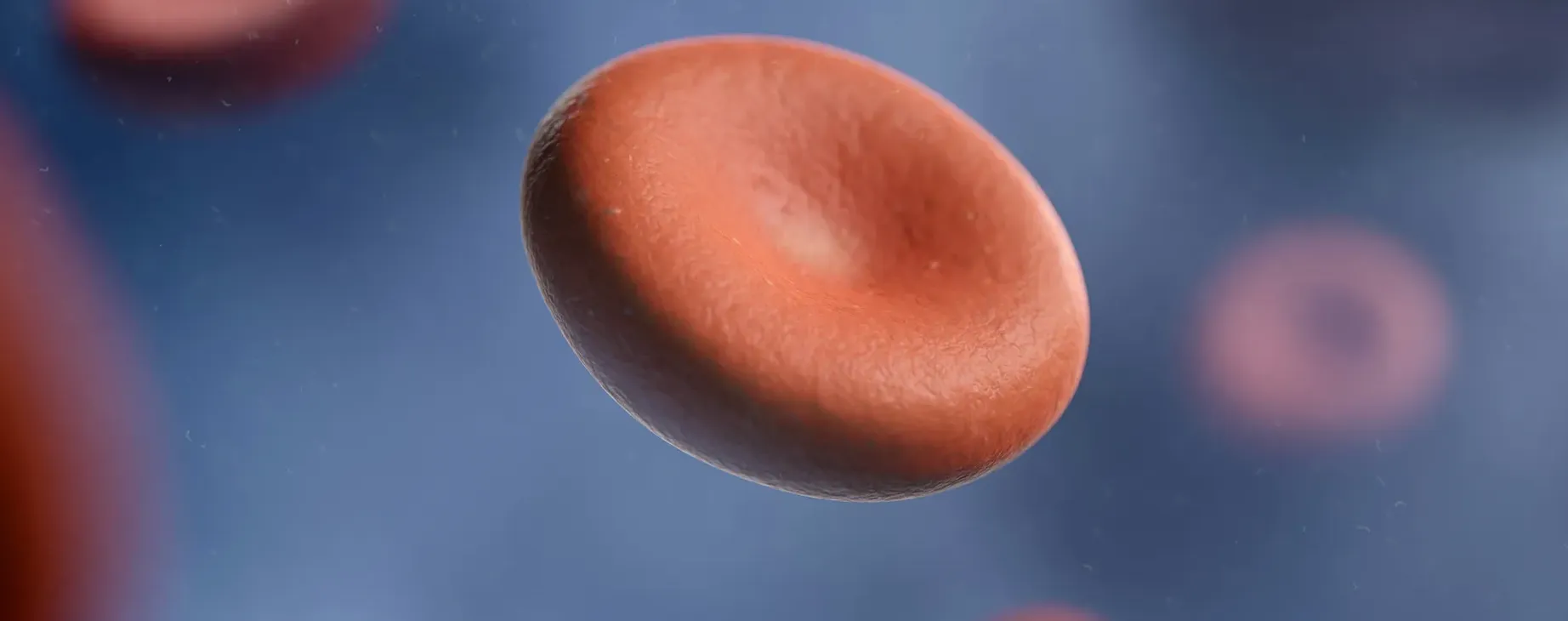Thalidomide: The Tragedy That Transformed Drug Safety Worldwide
In the late 1950s, a seemingly harmless sedative called thalidomide was widely marketed across Europe and other parts of the world. Until 1960. it became the bestseller sedative in Germany. Initially promoted as a treatment for morning sickness during pregnancy, thalidomide quickly gained popularity for its calming and anti-nausea effects. However, within a few years, a disturbing pattern began to emerge.
Thousands of babies were born with severe congenital malformations, particularly phocomelia — a condition involving shortened or absent limbs. By the early 1960s, the link between thalidomide exposure during pregnancy and birth defects became undeniable. Estimates suggest that over 10,000 children were affected globally, with only about half surviving beyond infancy.
Thalidomide was never approved in the United States thanks to the vigilance of Dr. Frances Kelsey at the FDA, who insisted on more safety data before granting marketing authorization. Her refusal likely prevented a similar public health disaster in the U.S. (Daemmrich, 2002; FDA, 2010).
The global scale of the tragedy led to sweeping changes in drug regulation:
- Regulatory agencies began to require robust pre-marketing safety and efficacy data, particularly in special populations like pregnant women.
- The concept of post-marketing surveillance and spontaneous adverse event reporting became a central pillar of drug safety monitoring.
- The World Health Organization (WHO) launched international initiatives, culminating in the establishment of the Uppsala Monitoring Centre (UMC) in 1978 to coordinate global pharmacovigilance efforts.

In many ways, the thalidomide disaster marked the birth of modern pharmacovigilance. It shifted the focus from solely pre-approval clinical trials to the ongoing responsibility of monitoring drug safety throughout a product’s lifecycle.
Today, PV professionals continue to work under the lessons learned from thalidomide — prioritizing vigilance, signal detection, and transparent reporting systems to protect patients and maintain trust in medicines.
“One of the most important lessons from thalidomide is that drug safety must never be assumed – it must be continuously proven.”
References:
- Daemmrich, A. (2002). Pharmacopolitics: Drug Regulation in the United States and Germany. University of North Carolina Press.
- Uppsala Monitoring Centre. (2024). “About UMC.” https://who-umc.org/about-us/
- U.S. Food & Drug Administration (FDA). (2010). “FDA’s Role in Preventing Thalidomide Tragedy.” https://www.fda.gov
- Lenz, W. (1988). “A short history of thalidomide embryopathy.” Teratology, 38(3), 203–215.
- Vargesson, N. (2015). “Thalidomide-induced teratogenesis: History and mechanisms.” Birth Defects Research Part C, 105(2), 140–156.

